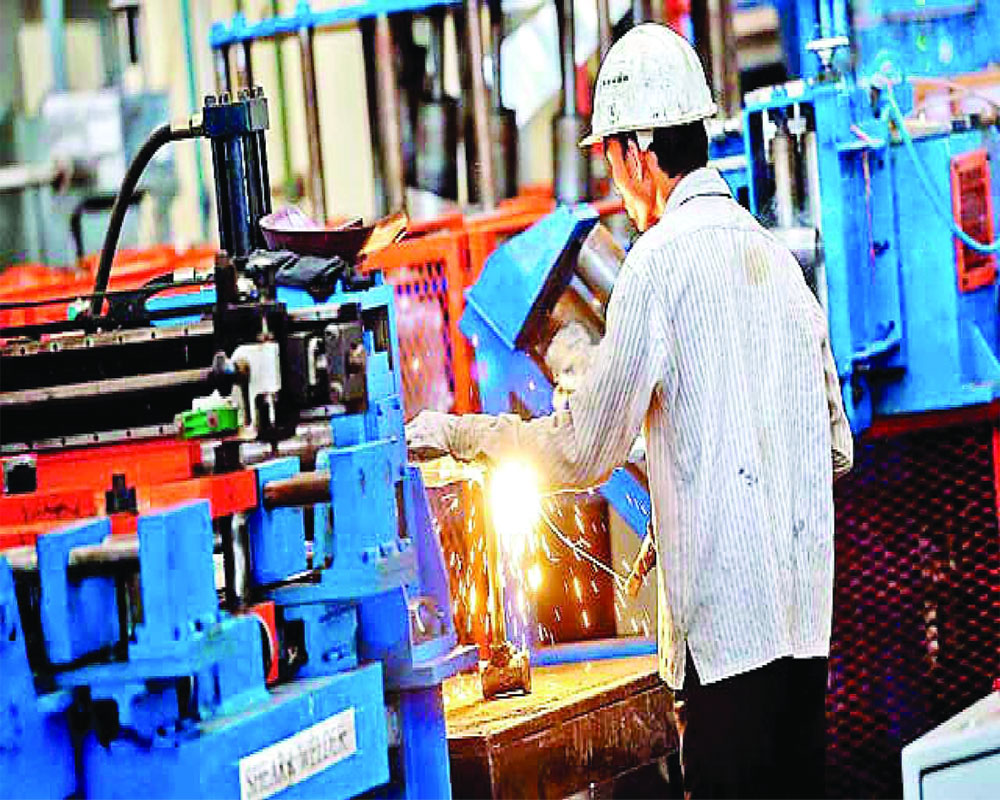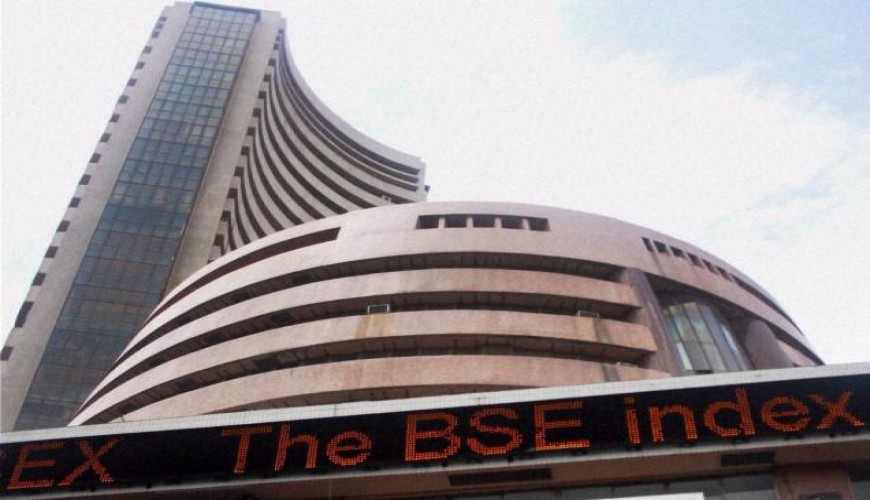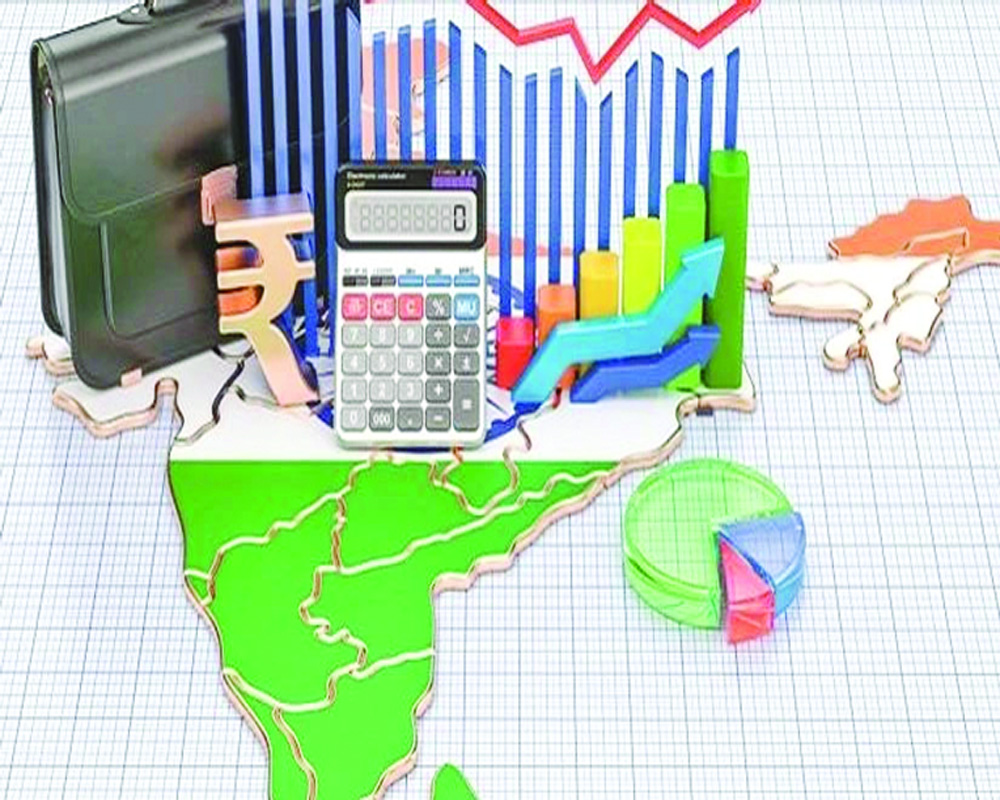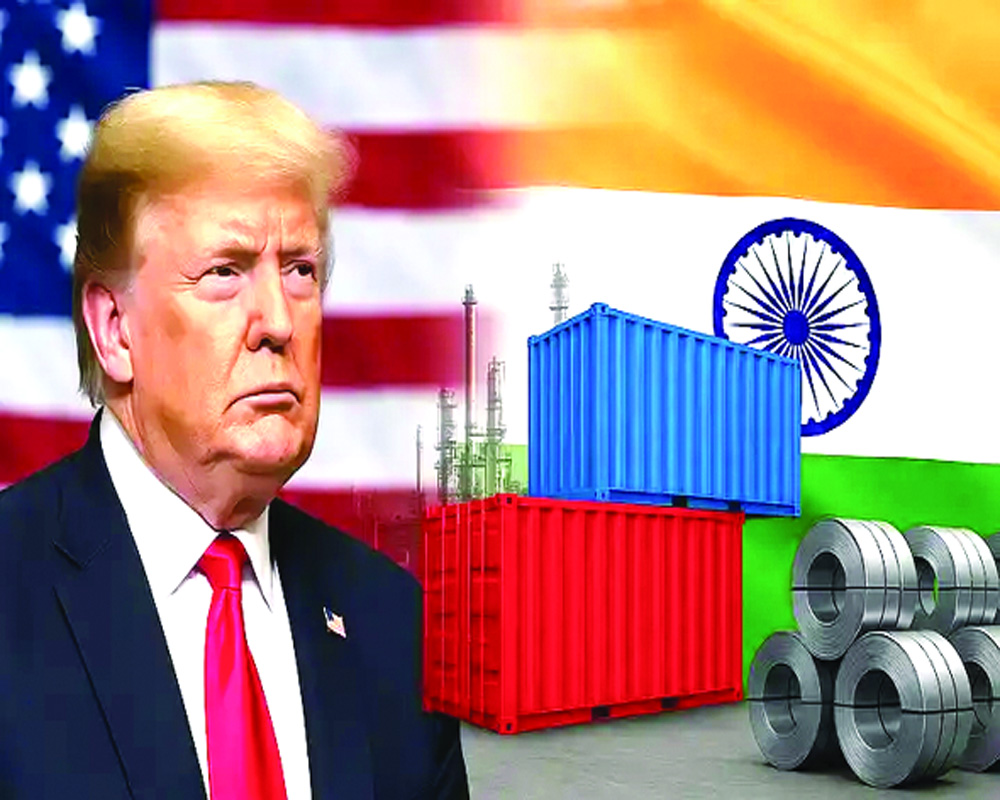Small business enterprises are given purchase preference quota in procurement by Government and Public Sector Undertakings (PSUs), a pooled quota in bank credit and interest subvention under some Government schemes. The Micro, Small and Medium Enterprises (MSMEs) were categorised, separately from the manufacturing and services sector, based on investment in plant, machinery and equipment under the MSME Development Act 2006 (MSMED Act). Many MSMEs do not increase their investment for fear of losing their tag and associated benefits. To address this concern, the definition of MSMEs was changed from July 1 this year. By bringing an additional criterion of turnover, a business entity is now classified as a micro enterprise if its investment is upto Rs 1 crore and turnover is upto Rs 5 crore. The corresponding figures are Rs 10 crore and Rs 50 crore for small and Rs 50 crore and Rs 250 crore for medium enterprises. Earlier, the classification was only based on investment, with separate investment limits for manufacturing and service sectors. The exports turnover will be excluded from reckoning for the qualifying turnover to encourage MSMEs to export more without losing their status tag and associated benefits.
The 73rd round of the National Sample Survey 2015-16 (NSS) estimated that there were 6.34 crore MSMEs (6.30 crore micro, 3.31 lakh small and 5,000 medium enterprises) employing 11.10 crore people. By January, only 86.11 lakh MSMEs had availed the facility of online, self certification-based, paperless registration on the MSME Ministry’s Udyog, Aadhaar, Memorandum portal. About 60 per cent are in the service sector and 40 per cent in manufacturing. After the revised classification from July 1, many erstwhile large business enterprises have also now become medium and medium have become small enterprises and so on. So 99 per cent business enterprises are MSMEs and 99 per cent MSMEs are micro enterprises. What is the significance and implication of this change? MSMEs complain of payment delays resulting in liquidity problems. Section 15-24 of the MSMED Act stipulates a 45-day time limit on payment to Small and Micro Enterprises (SMEs). On delayed payment of dues, the debtor is liable to pay interest at three times the bank rate notified by the RBI, compounded monthly. Under the Atmanirbhar package, in May the Government ordered all departments and PSUs to clear all pending MSME dues within 45 days of acceptance of supplies. In July, departments were asked to pay penal interest of one per cent per month on delayed payments. The dispensation applied to all MSMEs, including medium enterprises that were not entitled to legal remedy under the MSMED Act.
On May 14, the MSME Ministry’s Samadhaan website, an online delayed payment monitoring system for settlement of disputes by affected SMEs, listed pending claims of Rs 40,720 crore. Of this, 11.6 per cent were claims from the Central Government. By September 30, the outstanding amount on the Samadhaan portal had substantially come down to Rs 12,598 crore (37,520 cases) despite an increase in the number of SMEs from July 1 --- State Governments (Rs 2,349 crore/3,546 applications), Central PSUs (Rs 2,172 crore/2,211 applications), State PSUs (Rs 1,573 crore/1,355 applications) and proprietorship firms (Rs 852 crore/6,483 applications). The amount shown on the Samadhaan portal does not seem to reflect the true picture of the MSME working capital distress. The amount is insignificant in comparison to the total contribution of MSMEs in the economy (GDP of about Rs 44.5 lakh crore as contributed by MSMEs in 2016-17).
The MSME Minister had informed in May that outstanding payments to MSMEs totalled about Rs 5 lakh crore. Mere exclusion of medium enterprises from access to the Samadhaan portal can’t explain the big gap in figures. Probably many SMEs are reluctant to escalate their payment delays for fear of reprisals like denial of future orders or fault-finding in supplies. Or because they are merely outsourcing arms set up by large business units, unable to bite the hand that feeds it. Hence, there is no reliable data on actual distress caused by stalled payments. Bill discounting offers a solution to the problem of stalled cash flows to MSMEs. There are Trade Receivables Discounting System (TReDS) platforms for MSMEs to auction their trade receivables through online bidding. Multiple financiers buy their undisputed invoices at a discount. While the financier can wait for payment clearance, the MSME gets the discounted value of invoices upfront. In 2018, the MSME Ministry had mandated all CPSUs and all corporates with a turnover exceeding Rs 500 crore to be on-board TReDS platforms. However, many corporates are not yet registered on these.
By delaying even the acknowledgement of their liability to pay, they are avoiding giving a handle to MSMEs to drag defaulting buyers before insolvency courts. The recent changes in the Insolvency and Bankruptcy Code (IBC) have limited the scope of small operational vendors to trigger insolvency proceedings and a pause/stop button is in place on fresh defaults since March 25 for six months, extendable to one year. The Atmanirbhar package of May included the Emergency Credit Line Guarantee Scheme (ECLGS), a Rs 3 lakh crore window of collateral-free loans to MSMEs. Banks could extend an extra 20 per cent outstanding loan to creditworthy MSMEs having non-NPA accounts with Government guarantee. The four-year tenure loans carry a 12-month moratorium on principal repayment and a cap on interest rates, 9.25 per cent for banks and 14 per cent for Non-Banking Financial Companies (NBFCs). The scope of the ECLGS was later enlarged to include even non-MSME business entities, retailers and individual borrowers, proprietorships, partnerships, registered firms, trusts, limited liability partnerships and interested borrowers under the Pradhan Mantri Mudra Yojana, who are now eligible for ECLGS. By September 29, banks had sanctioned loans of about Rs 1.86 lakh crore to 50 lakh business entities and disbursed Rs 1,32,246 crore to over 27 lakh entities under the ECLGS.
MSME registration is voluntary. Only about 86 lakh MSMEs are registered while there were 633 lakh MSMEs as per a 2015-16 survey estimate. Just like unorganised labour, a majority of the MSMEs are not registered with the Government. Not being on the radar of the Government helps the “informal economy” to dodge Government regulations, some of which are indeed outdated and burdensome. They want Government help but are wary of getting registered with it. Many MSMEs don’t register out of ignorance of benefits or the assessment that the risks of getting entangled with the Government are more than the benefits of registration. Though it enables better support, registration leads to anxiety about formalisation and possible Government overreach. For MSMEs, getting relief from the Government without registering is not possible because the latter is accountable to keep a record of who has been helped and by how much. The MSME sector needs increased formalisation and digitalisation to get more commercial credit through digital lending. Under such a system, the sales and payments are recorded through digital payments and invoicing systems, which give the bankers reliable data on sales/turnover and help in the generation of a better credit history. Loans can be substituted with customised credit cards for better transaction level controls with links to the Goods and Services Tax (GST) system and logistics service providers for control on mortgaged inventories. Digital technology can take care of a lot of ills of the past. Even banks have to look out for high quality borrowers, so digital lending is a win-win for both bankers and borrowers. The Government has offered a rather hassle-free registration facility. May be there is a case for giving automatic MSME registration to ECLGS beneficiaries and GST-registered vendors. Of course, Aadhaar-based verification would be a must because there are reports of splitting of businesses to bring them within the lower tax threshold.
The Government expects businesses to become responsible, take care of public safety, employees, the environment and pay taxes. The Government would be emboldened to deregulate if self-regulation by businesses improves. The pace of deregulation is slow only because misdeeds of some keep the logic of regulation alive. An attempt should be made from both sides to address the mutual concerns on why there is low registration. Maybe there is a case for the Government allowing a limited period of regulatory forbearance and amnesty to erstwhile unregistered MSMEs. Without registering, relief would be slow and difficult to come by.
(The writer is a retired IAAS officer and former Special Secretary, Ministry of Commerce and Industry.)








 OpinionExpress.In
OpinionExpress.In















Comments (0)